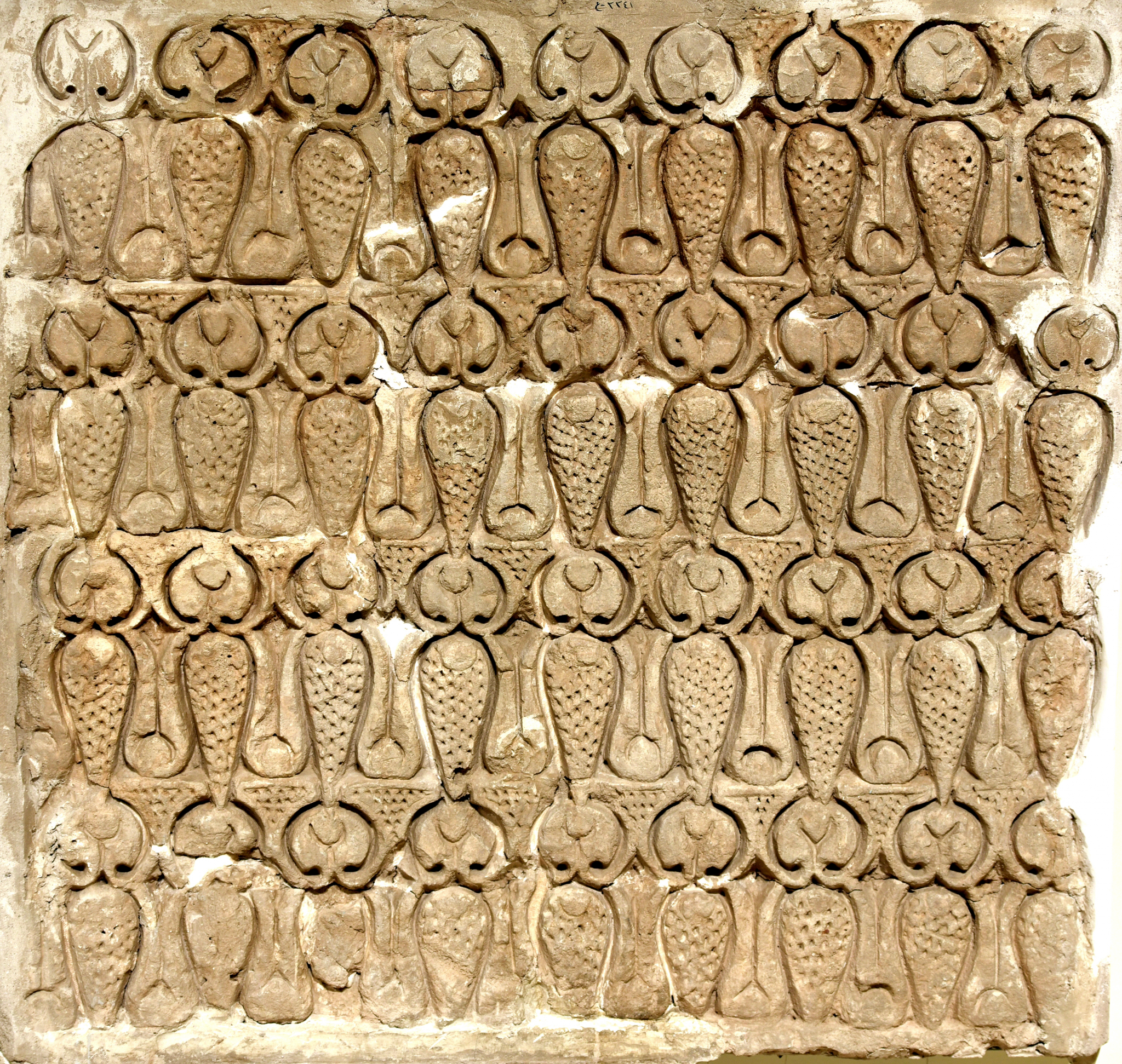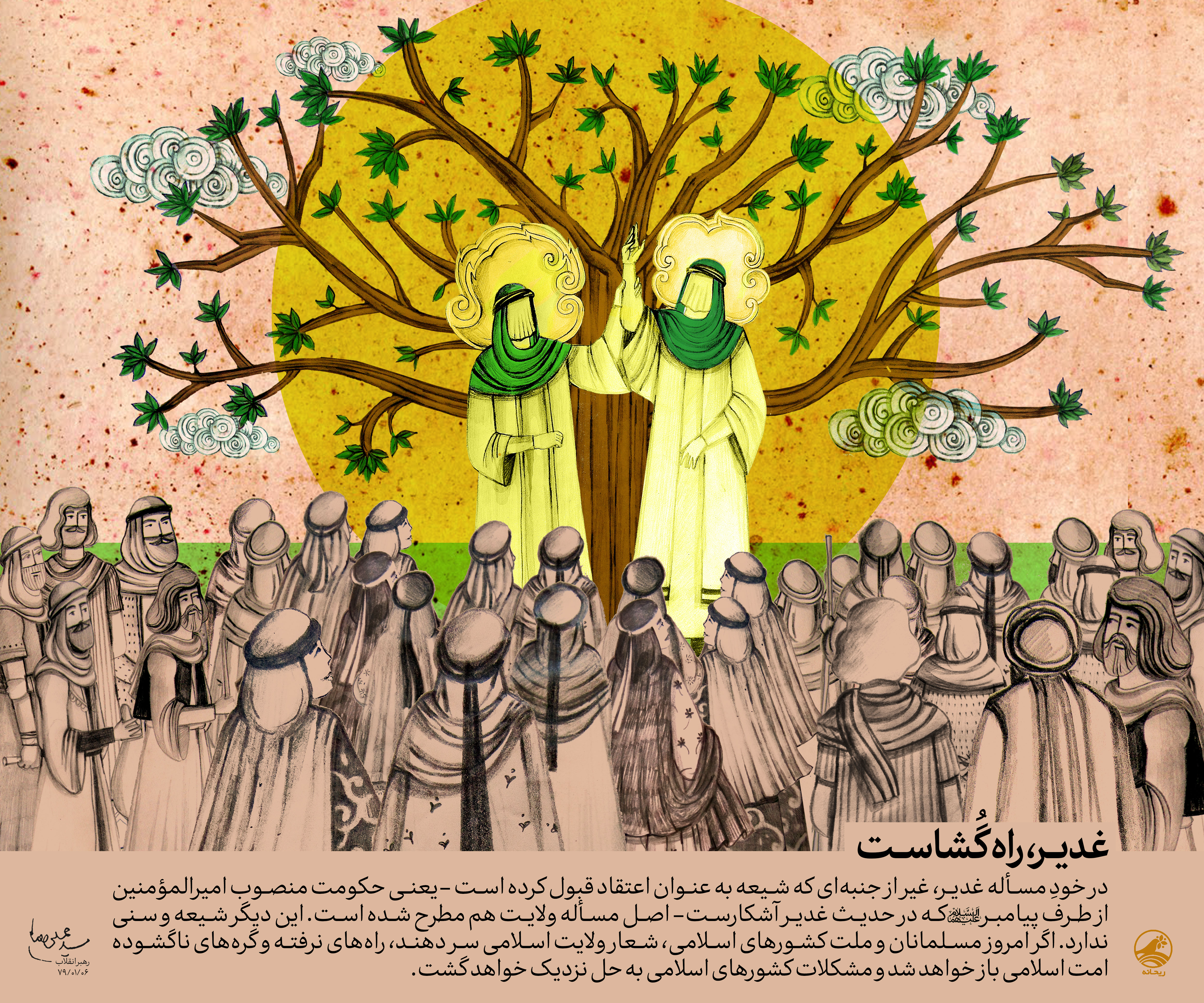[D]iverse understandings of the Islamic past are not a matter of accretion over time. Rather, they were foundational for religious and historical thought from the earliest periods.
Associated especially with political authority centered in Iraq, the period 850–950 CE was the scene of a great consolidation of discourses pertaining to Islam. We can locate in this period movements to canonize religious sources; to translate earlier authoritative works from languages such as Greek, Syriac, Middle Persian, and Sanskrit into Arabic; and to create extensive understandings of the place of Islam in time and space. This, then, is the context to which we can go for the “classical” understanding of Islamic history.
I concentrate on a single work to exemplify what I see as the overarching paradigm of how the memory of the birth of Islam was consolidated into history in the first instance. Entitled Kitab at-Tanbih wa-l-ishraf (The Book of Admonition and Superintendence), this is the last work by the celebrated author ‘Ali b. al-Husayn al-Mas’udi (896–956). Born in Baghdad, Mas’udi traveled extensively in the region between India and North Africa. The scope of information contained in his surviving works in fact goes much beyond this, from China and islands of the Indian Ocean to Europe.
Composed at the end of his career, the Kitab at-Tanbih is presented in the form of a summary of his earlier works. Its compactness accentuates conceptual elements in the understanding of the past, making it especially useful for what I am investigating in this book. Moreover, Mas’udi’s account came in the wake of other major historical projects, such as that of Muhammad b. Jarir at-Tabari (d. 923), and can be considered a form of historiographical consolidation.
Mas’udi’s personal religious sympathies also make him a good author on whom to concentrate for understanding the relationship between history and the articulation of Muslim religious identities. While there is no direct evocation of sectarian allegiance in his surviving works, the topics he chooses to emphasize suggest he belonged to the Twelver Shi’i sect. However, his presentation of history and other subjects is undertaken from a perspective acknowledging differences rather than ignoring or suppressing them. This is understandable because while belonging to a minority group, he wrote with the mainstream majority in mind as the audience. This positionality required him to be especially sensitive to diversity. For a picture of the social understanding of history in this context, the Kitab at-Tanbih is therefore a particularly rich resource.
My appraisal of Mas’udi reinforces the point that diverse understandings of the Islamic past are not a matter of accretion over time. Rather, they were foundational for religious and historical thought from the earliest periods. The variety of Islamic religious perspectives we can document for the tenth century continued in later periods, although it is subject to further intensive diversification due to change in circumstances such as the Mongols’ arrival in Central Asia and the Middle East and the rise of European colonialism.








